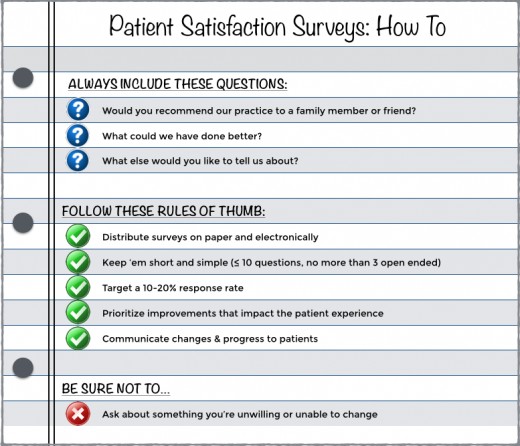- HubPages»
- Health»
- Quality of Life & Wellness»
- Personal Development
The Limitations of a Research on Patient's satisfaction
Introduction
Limitations are influences that the researcher does not control. They are the conditions, influences or shortcomings that cannot be restricted by a researcher that place restrictions on your line of attack and the conclusions. The limitations that might affect the consequences should be listed. If patient’s satisfaction is to go hand in hand with the mortality, functional status, and morbidity, several significant dimension issues must be addressed. The scale developers and end-users are required to be apparent about what they need to measure.
The research is usually carried out in the two transitional classes that have lasted for eight weeks. The eight weeks is usually not enough for the researcher to identify all of the respondents taking part in different classes.
Patient satisfaction represents a very profitable and competitive strategy variable. Studies have shown that the public tends to pay more to receive care from quality institutions which are better placed to satisfy their needs (Boscarino, 1992). They always reflect what happened. Values are the weights that the patients apply to those happenings. They reflect the degree to which patients consider precise occurrences to be the necessary, desirable or the expected.
Evaluation of the patient's satisfaction

The Limitations
The following are the limitations for this research;
Sense of coherence scale
The sense of coherence scale is an instrument used to gauge self-report. Some respondents may have encountered difficulty in comprehending the format of the questionnaire. Some questionnaires were incorrectly filled. This occurred in spite of the instructions that were given before the questionnaires were issued. Having observed this problem, a set of more detailed instructions was issued. Most of the participants who gave incorrect answers had a low literacy level; they were also unfamiliar with self-report scales and surveys in general. Also, they may have failed to understand the questions or did not keenly read them. Another reason for the incorrect answers may have been the tendency of participants to choose the anchor phrase that they felt they most strongly identified with. This scenario has adverse consequences for the research design, especially for populations that can misunderstand its format. As such, when the questionnaire is presented to participants, an example of showing the correct way of filling it should be given.
Sufficiency of the data collection and analysis
The questionnaires may have been left with some people for far too long because the study was done over a period of eight weeks. This means that some of the participants may have had the chance to refer to the questionnaire over and over again. Repeated interactions with the questionnaire have the capacity to introduce the possibility of a form of pre-test sensitization. In the same way, they could have changed their answers to items within that period.
Narrow scope of respondents
Since the study population was restricted to patients in the medical facility, their outcome was not generalized. In addition to this, the scale used to assess patient satisfaction with the quality of care provided by the medical facility may not be effective in other settings.
Adequacy of the sample
By conducting this study on seventy-five participants and in eight weeks, this study is a convenience exploration. This is because the information required was collected within a circumstantial context. Because of this, the data collected may not be a true representation of the populations being explored. Readers should digest the current findings and outcomes with a lot of caution. The research problem under investigation required a bigger sample size. With a sample size of seventy-five participants, the relationships derived from the data may lack credibility. Statistical tests usually require bigger sample sizes to guarantee a representative distribution of the population to whom the outcome will be transferred (Moballeghi and Moghaddam, 2008).
Self-reported data
The study relied on pre-existing, self-reported data; this means data gathering was conducted. Self-reported data restricted by the fact that in most instances, it cannot be verified independently. To put this into perspective, the data used was extracted from what other people had to say on the questionnaires, at face value. It should be observed that self-reported data is the source of many probable sources of bias that considerably limit a study (Moballeghi and Moghaddam, 2008). When collecting self-reported data, participants may exhibit tendencies such as; selective memory, telescoping, attribution, and exaggeration.








